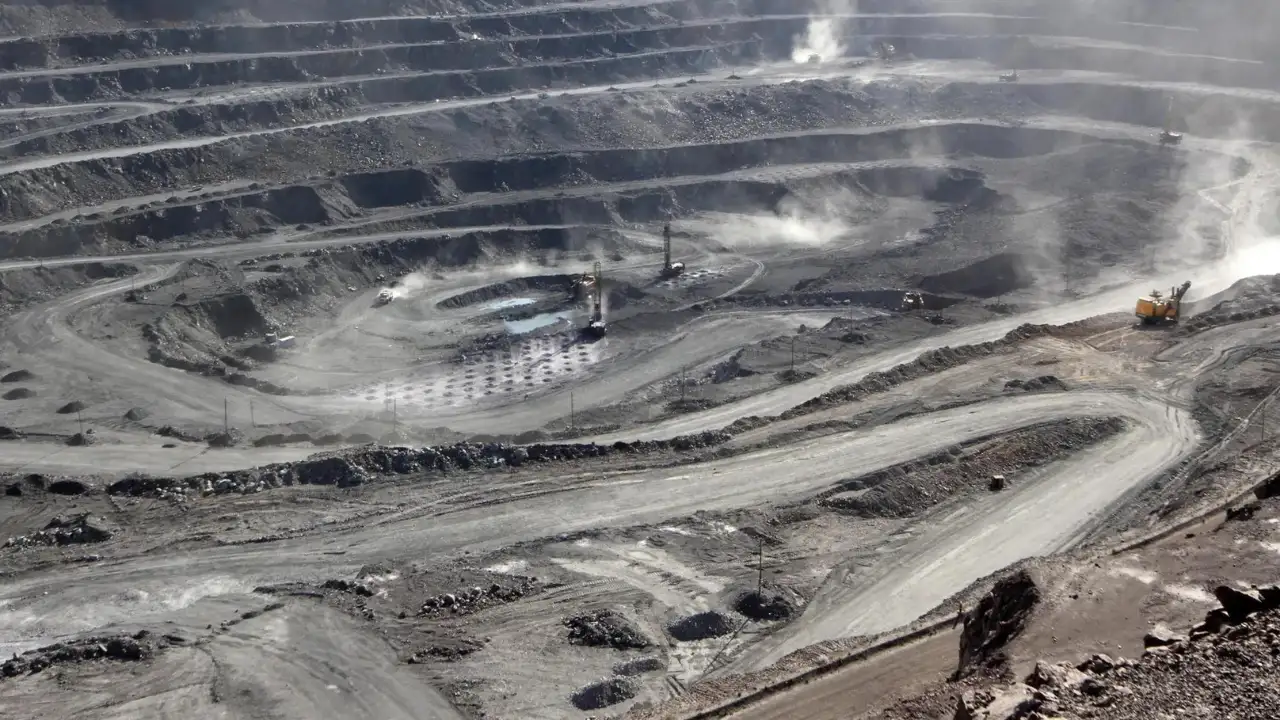- Courses
- GS Full Course 1 Year
- GS Full Course 2 Year
- GS Full Course 3 Year
- GS Full Course Till Selection
- Answer Alpha: Mains 2025 Mentorship
- MEP (Mains Enrichment Programme) Data, Facts
- Essay Target – 150+ Marks
- Online Program
- GS Recorded Course
- Polity
- Geography
- Economy
- Ancient, Medieval and Art & Culture AMAC
- Modern India, Post Independence & World History
- Environment
- Governance
- Science & Technology
- International Relations and Internal Security
- Disaster Management
- Ethics
- NCERT Current Affairs
- Indian Society and Social Issue
- NCERT- Science and Technology
- NCERT - Geography
- NCERT - Ancient History
- NCERT- World History
- NCERT Modern History
- CSAT
- 5 LAYERED ARJUNA Mentorship
- Public Administration Optional
- ABOUT US
- OUR TOPPERS
- TEST SERIES
- FREE STUDY MATERIAL
- VIDEOS
- CONTACT US
India Needs A Long-Term Integrated Energy Policy
India Needs A Long-Term Integrated Energy Policy
India’s energy security challenges may escalate in future, particularly, due to the recent geopolitical tensions in the Middle East, which may cause volatility in crude oil prices and pose a risk of supply-chain disruption.
India’s Crude oil dependence
- India is the world’s 3rd-largest importer of crude oil, and the 3rd-largest consumer of oil overall, behind the US and China.
- According to the Petroleum Planning and Analysis Cell (PPAC) of the Ministry of Petroleum & Natural Gas, India imported 232.5 million tonnes of crude oil in the financial year 2023-24.
- India’s crude oil import dependence increased to 87.7% in 2023–2024, up from 87.4% in the previous year.
- This is due to a combination of high demand and stagnant domestic production.
- Russia is India’s top oil supplier, accounting for more than 30% of India’s imports in 2023.
- Before the Ukraine conflict, Iraq was India’s top supplier of crude oil, followed by Saudi Arabia and the United Arab Emirates.
- However, after the invasion, Russia climbed to the top, driven by substantial discounts on oil prices.
- Nevertheless, over 40% of India’s oil at present is sourced from the Middle East region, and the recent geopolitical tensions in the region may pose supply disruptions.
India’s present options
-
Increasing supply from Russia: India is exploring options to increase purchase from Russia through the Chennai-Vladivostok route (which passes through the Sea of Japan, the South China Sea and Malacca Strait), in case the traditional route through the Red Sea cannot be used.
-
Importing Liquefied Natural Gas (LNG): India, the world’s fourth-largest LNG importer, seeks to diversify its LNG import options to ensure stable and secure gas supplies.
- India imported a total 19.85 million tonnes of LNG in FY 2022-2023, of which 10.74 million tonnes, or 54%, came from Qatar.
-
Building transnational pipelines: Transnational pipelines could have been an alternative for India, but certain political reasons have hindered their success.
- Myanmar-Bangladesh-India gas pipeline did not fructify because the Bangladesh side, due to domestic political compulsions, wanted certain bilateral matters to be included in the tripartite gas agreement which were not acceptable to the Indian side.
- Iran-Pakistan-India gas pipeline project, despite agreement on several technical and commercial issues, did not progress due to political instability in Pakistan.
- Turkmenistan-Afghanistan-Pakistan- India (TAPI) gas pipeline project had problems due to civil conflict in Afghanistan.
Unfinalized National Energy Policy
The Indian government drafted a National Energy Policy (NEP) in 2017, which aimed to achieve goals like universal energy access, energy security, environmental sustainability, and economic growth through a diversified energy mix. However, India still has not finalised the draft NEP.
What are the Challenges and Possible Solution
|
Challenges |
Solution |
|
|
|
|
|
|
|
|
|
|
|
|
|
|
Conclusion
India needs a long-term and integrated energy policy that projects the country’s energy requirements over the next 25 years, while taking into account domestic production, import requirements of fossil fuels, and our commitments to transition towards clean energy.



